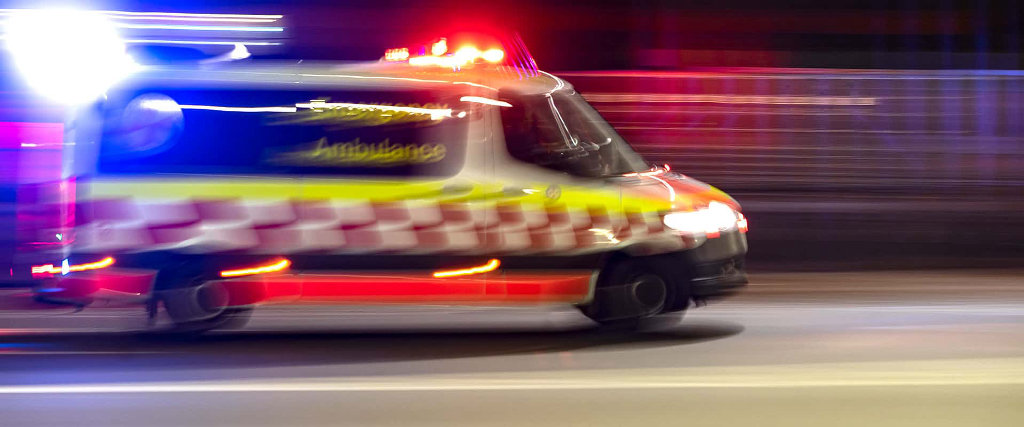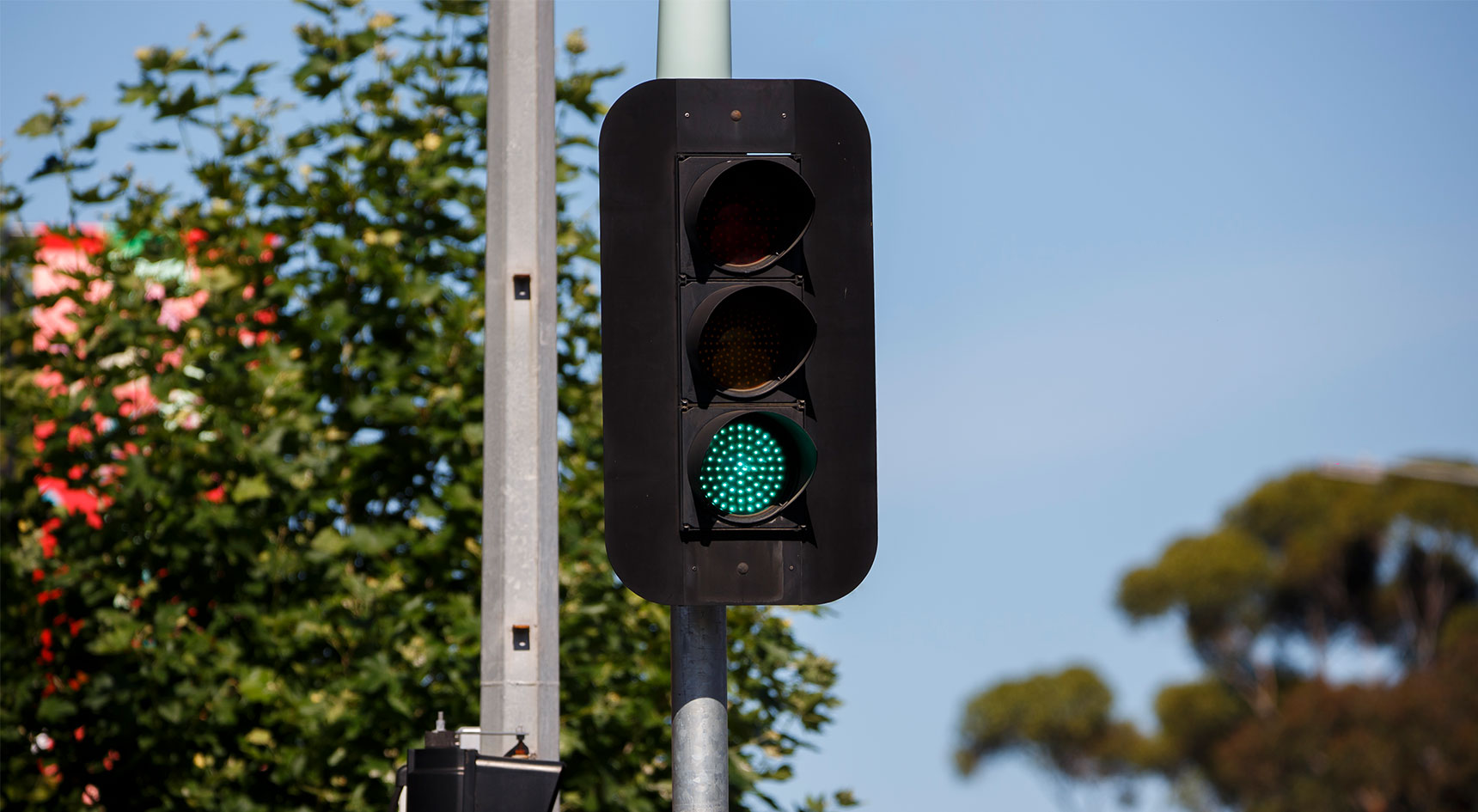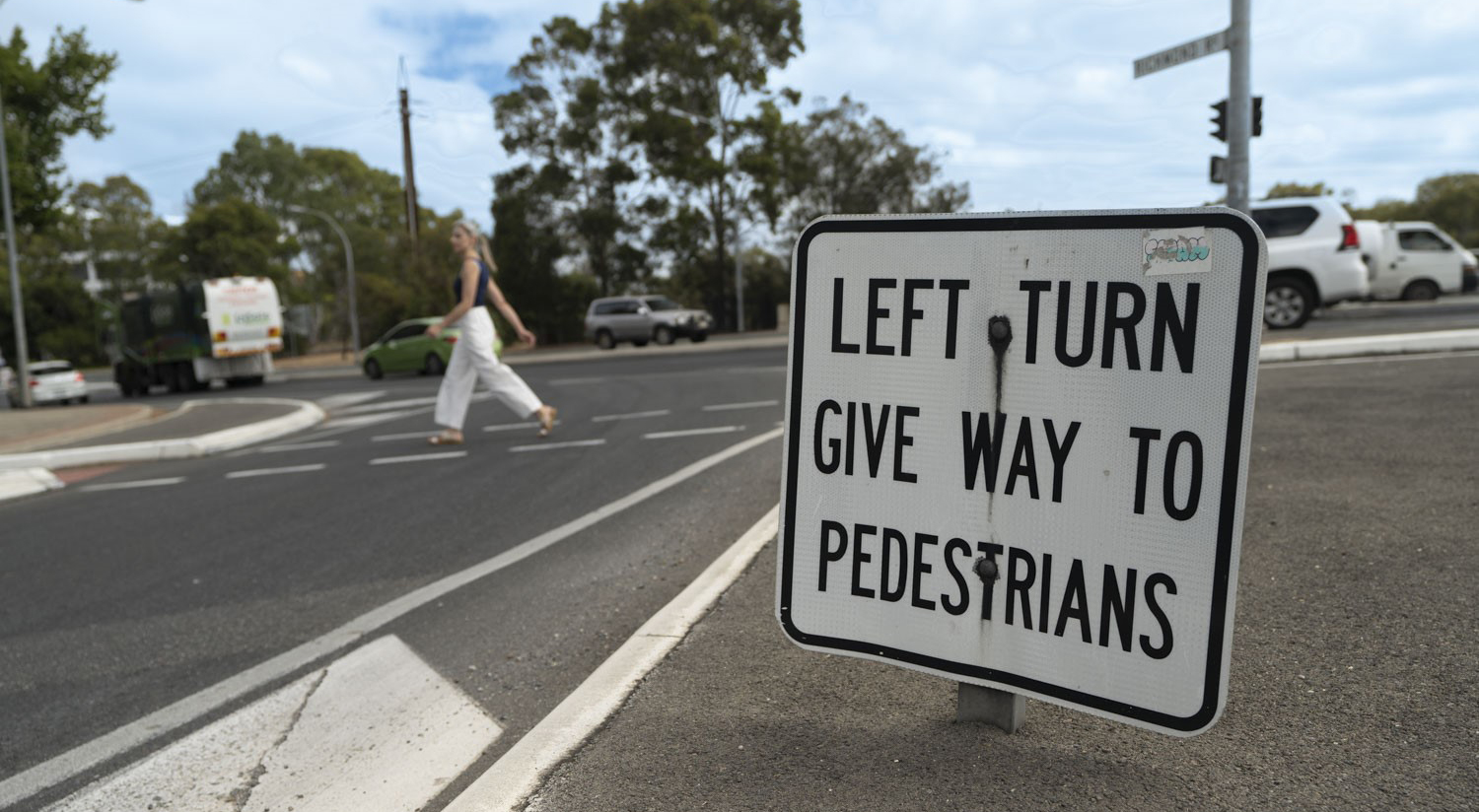4 life-saving habits for road users

Most of us know how to use the roads safely but what about the actions of others? How do we help protect ourselves from other road users doing the wrong thing?
The assumptions we make on the roads
Think about the last time you used a roadway. Odds are you made it home without incident. Now think about the assumptions you made during that drive, walk or ride. You may have assumed no driver was going to run a red light at an intersection. You may have assumed a driver saw you crossing the road or noticed your motorbike entering from a side street.
As we become more experienced road users, complacency can creep in. We assume other road users will do the right thing and we’ll be left unharmed.
The sad reality is that serious or fatal injuries occur in a split second and vulnerable road users are overrepresented in the total fatalities in SA. So, whether you’re a driver, pedestrian, cyclist or motorcyclist, we’ve identified four potentially life-saving habits you can adopt to be safer.
Driver assumptions
We’ve probably all taken off at an intersection (or driven through it) on a green light without much thought. We assumed the intersection was free from out-of-control vehicles or drivers running a red light.
But any intersection is potentially hazardous. Between 2019 and 2023, there were 1667 right-angle crashes at traffic signals, where two vehicles were travelling on different roads before they crashed. A green light or arrow means it’s your turn to enter the intersection, but there’s a simple safety tip you can follow to help prevent a right-angle crash.
Safety tip 1: Make a habit of scanning left and right for traffic when approaching an intersection, even when you have a green light.

Pedestrian assumptions
Walking keeps us fit and releases endorphins, one of nature’s ways of improving our wellbeing. But walking and roads can be a dangerous mix.
Between 2019 and 2023, there were 408 crashes involving pedestrians at traffic signals. To protect yourself as a pedestrian, never assume drivers know or will follow the rules or they’ve seen you crossing or about to cross a road. Stay safer by making eye contact with drivers if you can and be aware of potentially dangerous traffic nearby. Never look at your phone while you’re crossing the road, and avoid wearing headphones – especially the noise-cancelling variety – to help make sure you can hear approaching traffic.
Safety tip 2: When you have the priority, never assume drivers will give way to you at a pedestrian crossing or slip lane. Stop and look before you cross the road.

Cyclist assumptions
Roundabouts improve safety and traffic flow, but they can be dangerous for vulnerable road users, including cyclists. About 25% of casualty crashes at roundabouts involve cyclists. Recent changes to the Australian Road Rules are designed to improve cyclist safety.
Normally, cyclists are required to ride as near as practicable to the far left side of the road. But, under changes to the rules, cyclists can claim the entire lane when approaching and riding in a single-lane roundabout. Drivers must stay behind a bicycle at these roundabouts, as they would any other vehicle.
Safety tip 3: When you’re on your bike, claim the centre of the lane when you’re approaching and riding through a roundabout. Riding to the left of another vehicle using the same lane of a roundabout puts you at greater risk of injury.
Motorcyclist assumptions
Motorbikes are cheaper to run, convenient and easy to park, and many riders will tell you they help relieve stress. The downside is that motorcyclists are involved in 25% of fatal and serious injury crashes but only account for about three per cent of registered vehicles in SA. Most motorcyclists ride responsibly, but even the safest riders are vulnerable to other drivers who don’t see them.
If you’re buying a motorbike, look for safety features such as ABS, traction control, rear lift-off protection, blind spot detection, lane assistance and automatic emergency call systems. Choosing the right riding gear is another critical safety step and Motocap is a valuable source of information if you’re looking for gear with the best protection.
Safety tip 4: Buy a motorbike with as many safety features as you can afford and never ride your bike without wearing appropriate safety gear. We also recommend wearing a high-vis vest or brightly coloured gear to make it easier for other road users to spot you.

